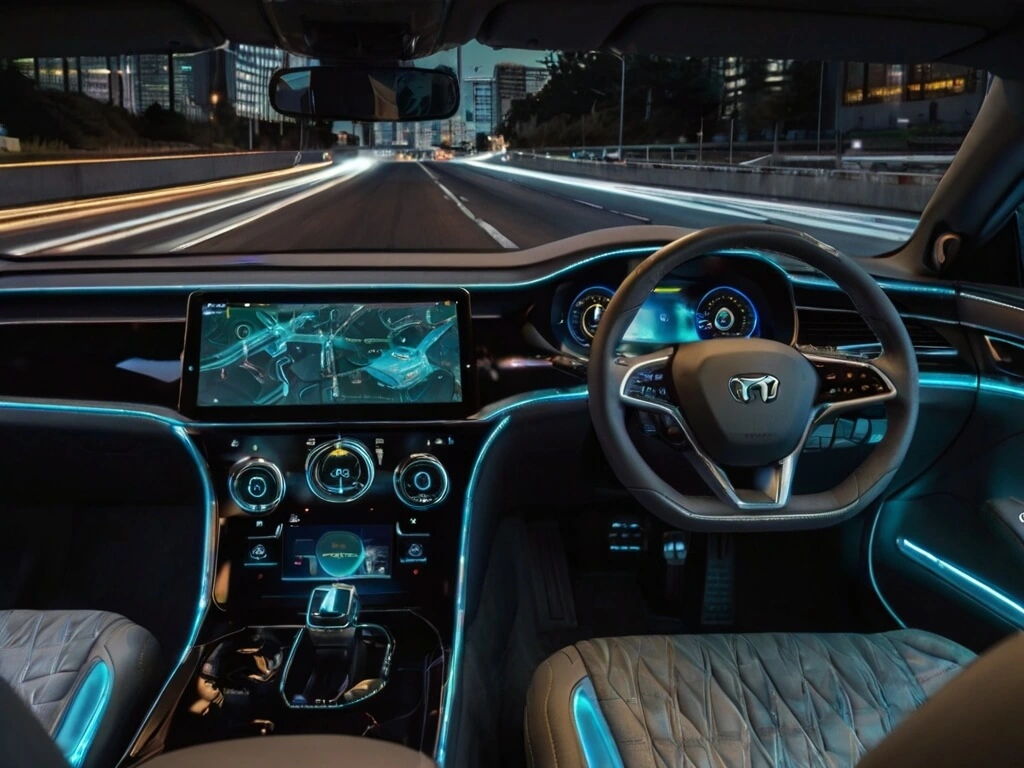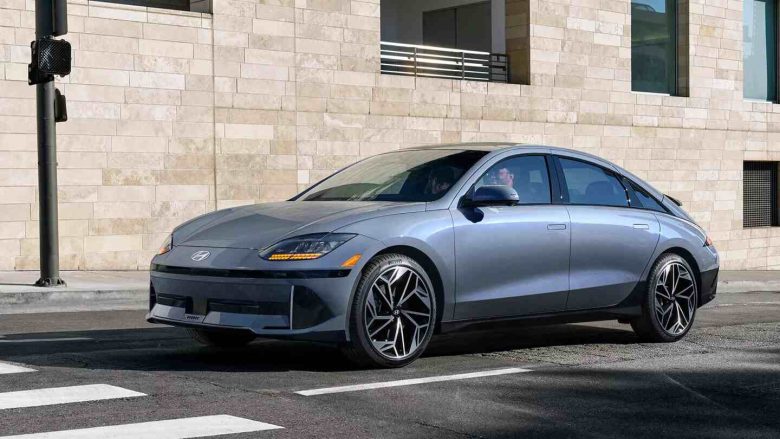History of Autonomous Vehicles
It is quite shocking to realize that the subject of self-driving cars has actually been around for quite longer than a majority of us would expect. Tracing the history of early automobile research, the first major product developed in the mid-1980s was Carnegie Mellon University’s Navlab. The last of the traditional specific theme years was the mid-2000s until the late 20008 with DARPA’s Grand Challenge. This made the competition more challenging, which incited the development of systems that could be self-driving in the deserts.
Current State of Autonomous Vehicles
Self-driving cars are already created by the automotive industry, and notable growth is to be predicted shortly. Current market leaders such as Tesla, Waymo, and Uber have huge and highly elaborate systems with the application of AI in combination with multiple sensors. These cars can move through traffic space, choose a proper route, behave in response to changes in traffic environment, and also tell other cars how to manage traffic space and time safely and speedily. Semi-autonomous cars are still a topic of today’s automobile industry; however, the development of such cars is still active. In the existing context, it is pertinent to mention that many semi-autonomous cars are available today.
Technology As the Key Performance Indicator of the L4 Autonomous Vehicle Market of the Future
AI and Machine Learning

Sensor Technology
Connectivity and IoT
However, the future of self-driving cars is unavoidable, and IoT has a significant role in retaining them. It is a way to make vehicles or other vehicular nodes and the surrounding smart infrastructures, lights, and roads communicate. Others include effective traffic flow and effective traffic safety enhanced through compartmentalized tangibility enhanced by expansion interconnect as well as reduction of bottlenecks. Effects in the Area of Transportation and Mobility
Urban Transportation
Self-driving vehicles can profoundly change the characteristics of urban mobility. It is possible to capture their potential to help ease traffic flow, cut down the demand for parking, and offer timely, as-needed mobility.
Rural and Long-Distance Travel
Self-driving cars are much easier to have in rural areas and for long-distance drives, although they are not very useful in this particular instance. They can fill the gaps in the highly developed PTAs where PT systems are inadequate and also enhance LTL trucking operations by minimizing driver boreout and boosting safety.
Autonomous Vehicles on the Economy
Job Creation and Loss
That indicates the future of autonomous vehicles in very likely to bring about drastic changes in the economy which will influence the management of the traditional car business. This transition will create the new jobs in technology development, maintenance, support services freezing the new job opportunities in autonomous vehicles driving and logistic industries. City authorities need to factor these new players into the existing city fabric to ensure that transition is seamless. Particularly, training solutions will enable the workers develop necessary skills for undertaking new tasks in this dynamic transport system.
Cost Savings and the Future of Driverless Cars
This is because of the main apparent advantage of self-driving vehicles, which is the drastic reduction in the cost of operation. The benefits of automated delivery and logistics services present a situation where companies using such services are likely to save on labour and enhance productivity.
Use of Autonomous autos as a means to bring environmental Changes
Reduction in Emissions
Another major benefit of self-driving cars relates to the drivers themselves: the environment. These types of automobiles, today, are expected to consume fuel efficiently and therefore reduce greenhouse gas emissions due to good traffic control and avoidance of traffic jams. Furthermore, most self-driving cars are environmentally friendly cars, and most of them are electric vehicles.
Sustainable Urban Planning
Counterintuitive as it may sound, limited area of land within the city is actually beneficial to the concept of sustainable city planning. This fact helps to come up with measures that help to decrease the car use, which means the optimal use of the available space. Automobile electrification and futuristic approach to transport system may lead to development of green corridors, walkways and improved public transport thus improving urban health.
Safety and Security Concerns
Accident Reduction
According to experts, self-driven automobiles will decrease accidents that are now linked to human factors. We are already working to enhance the dependability of the complex sensors and artificial intelligence involved in autonomous vehicles. These improvements enable the automobiles to respond promptly and decisively whenever risks are present and thereby provide the greatest protection for each participant on the roadway.
Cybersecurity Threats
Current Regulations
Future Legal Considerations
Perceived Acceptance of Autonomous Vehicles
Examining the acceptance of self–driving cars among the masses
In the debate regarding the use of autonomous cars, one thing remains paramount: the populace’s perception. Self-driving cars promise both advantages and disadvantages. They can also save us time and significantly reduce accidents. Additionally, successful implementation will require meeting specific needs that haven’t been fully defined yet. These include getting the public to trust the organization by being transparent and Showing the public that it cares about its safety.
Prescriptions about Education and Awareness Campaigns
This research is titled Ethical Perspectives for self-driving cars.
Decision-Making Algorithms
Self-driving cars must make strategic choices they must execute as soon as possible, which can be ethical. For instance, how does a vehicle distinguish between the types of hazards on the road and which ones must be avoided when it is impossible?
Privacy Issues
Due to the increasing reliance on technology in cars, the information collected by autonomous vehicles is enough to cause a privacy breach. The CDs keep this data from being stolen and, more critically, guarantee that its utilization will not infringe on the rights of individuals. This is important to prevent future effects that would be damaging to this kind of technology. Different aspects of Smart Cities and the benefits of AVs have been discussed in detail to understand further how self-driving cars can interconnect with Smart Cities.
Aviation: The Opportunities & Challenges of Autonomous Vehicles
Self-driving cars will be much more beneficial in creating smart cities. One key measure that has to be implemented when designing technology is the need for close cooperation between the planners of the city and the technology solutions. Case Studies of Smart City Implementations
Some other cities have started piloting the integration of autonomous vehicles. Learned from these cases are issues such as the potential benefits and drawbacks of such integrations.
The Future of Public Transportation with Autonomous Vehicles
Autonomous Buses and Shuttles
Finally, public transportation can be rigid and has a large gap between stops. The answer is on-demand shuttles. These self-driving cars indicated themselves to the passengers’ call. They can thereby again shorten the time of waiting and present a more versatile mode of transport. It could help change the face of public transport by making it easier and faster for everyone.














